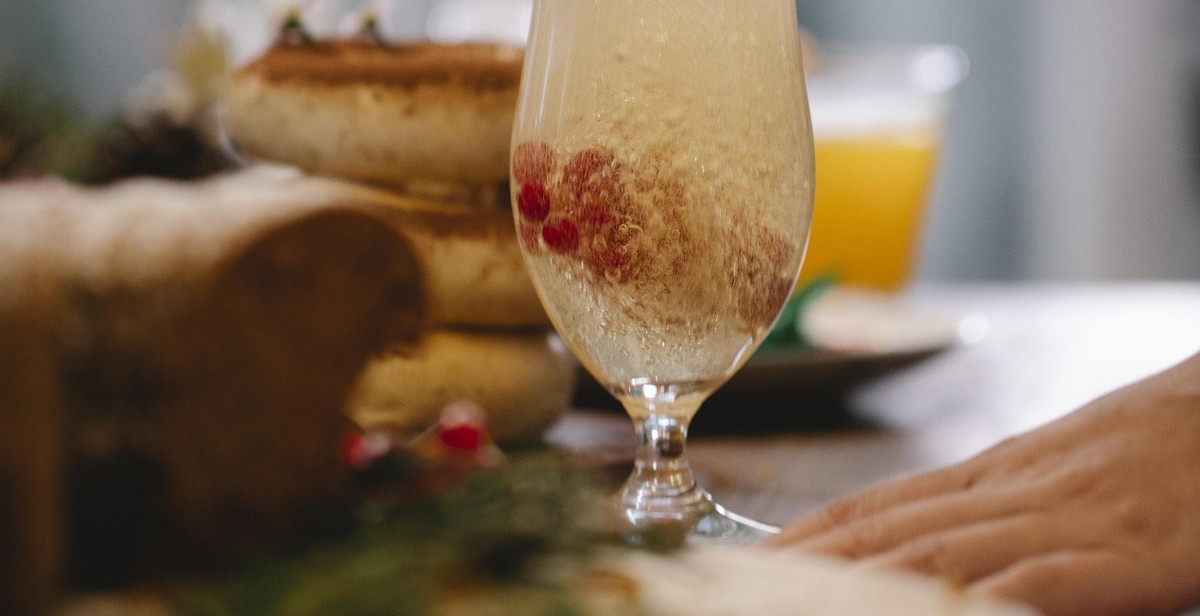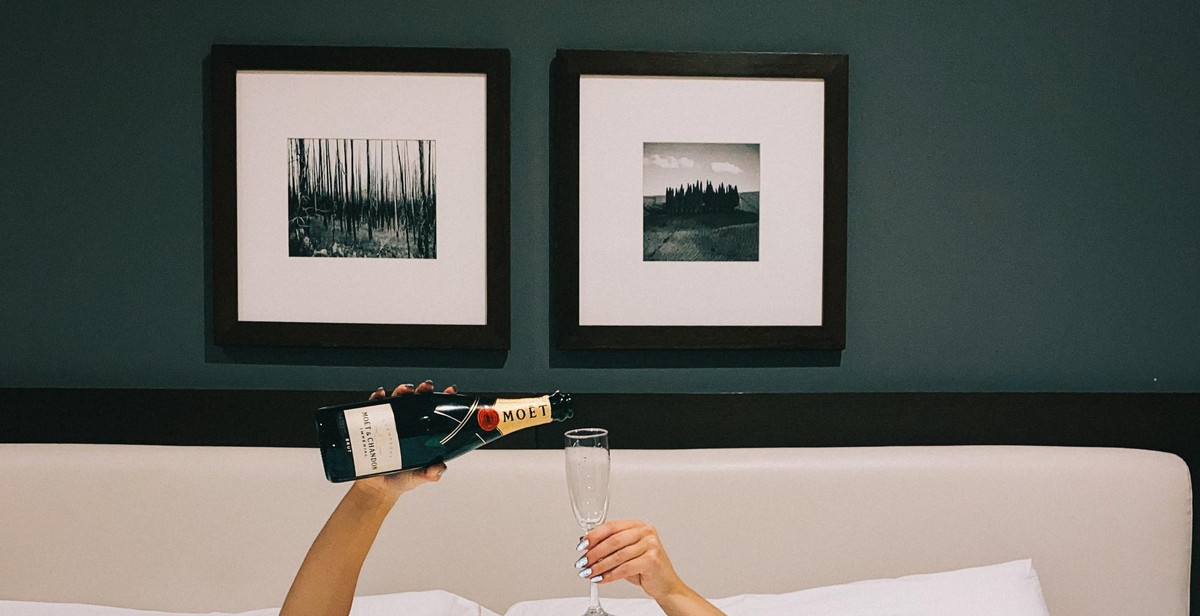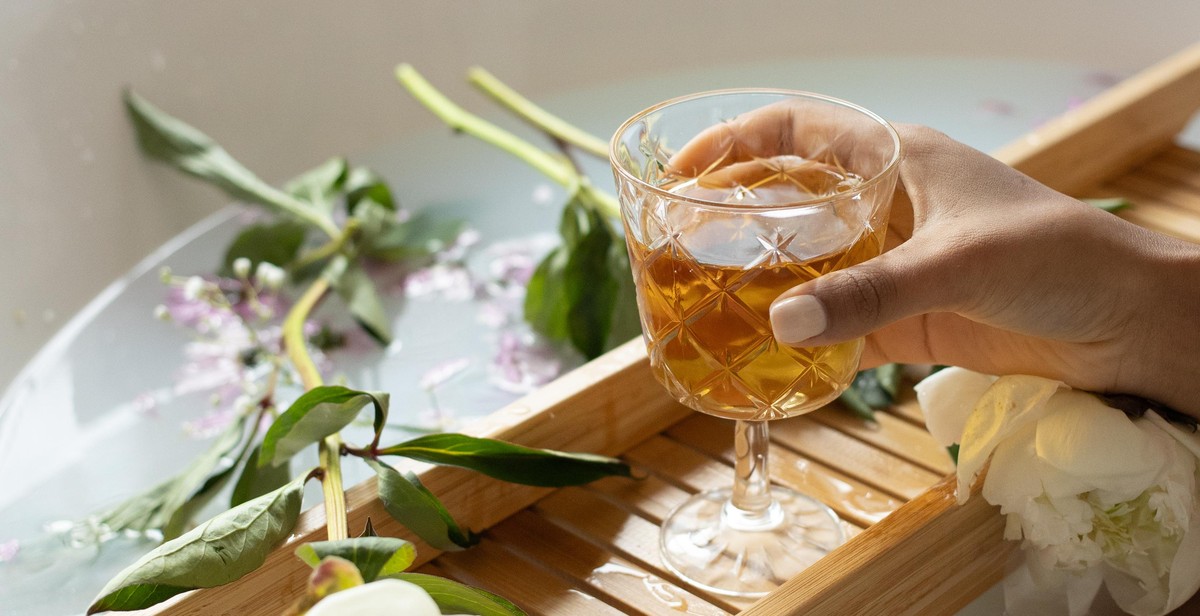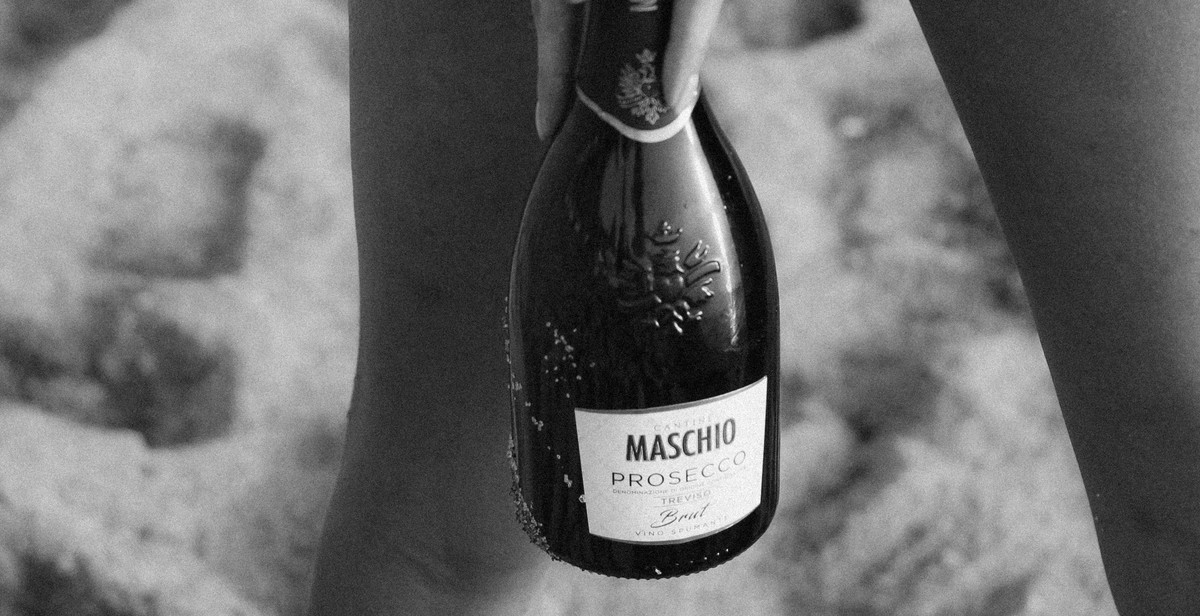How to Appreciate and Identify Different Types of Champagne
Champagne is a sparkling wine that is produced exclusively in the Champagne region of France. It is one of the most popular celebratory drinks in the world, and its unique taste and texture make it a favorite among wine lovers. Champagne is produced using a specific method called the “Methode Champenoise,” which involves a secondary fermentation process that creates the bubbles that are characteristic of Champagne.
Understanding the Different Types of Champagne
Champagne is available in various types, each with its unique taste and characteristics. Understanding the different types of Champagne can help you appreciate and identify them better. The main types of Champagne include:
- Brut
- Extra Brut
- Sec
- Demi-Sec
- Doux
Each of these Champagne types has a different level of sweetness and dryness, which affects its taste and aroma. Knowing the different types of Champagne and their characteristics can help you choose the right one for your occasion and pair it with the right food.
Appreciating the Taste and Aroma of Champagne
Appreciating the taste and aroma of Champagne involves more than just drinking it. It involves using all your senses to experience the unique flavor and texture of this sparkling wine. To appreciate the taste and aroma of Champagne:
- Look at the color of the Champagne.
- Smell the Champagne and identify its aroma.
- Taste the Champagne and identify its flavor.
- Feel the texture of the Champagne in your mouth.
By following these steps, you can appreciate the unique taste and aroma of Champagne and identify its characteristics.

What is Champagne?
Champagne is a type of sparkling wine that is produced exclusively in the Champagne region of France. It is known for its effervescence, light and delicate flavor, and its association with luxury and celebration. While many people use the terms “champagne” and “sparkling wine” interchangeably, there are some key differences between the two.
Champagne vs. Sparkling Wine
One of the main differences between champagne and sparkling wine is the region in which they are produced. Champagne can only be made in the Champagne region of France, while sparkling wine can be made in various regions around the world. Additionally, champagne is made using a specific method known as the “Champagne method,” which involves a secondary fermentation in the bottle. This method is often more labor-intensive and expensive than other methods used to produce sparkling wine.
Another difference between champagne and sparkling wine is the grapes used. Champagne is typically made using a blend of Chardonnay, Pinot Noir, and Pinot Meunier grapes, while sparkling wine can be made using a variety of grapes, including Chardonnay, Pinot Noir, Pinot Meunier, and others.
The Champagne-making Process
The process of making champagne is a complex and highly-regulated one. Here are the basic steps involved:
- Harvesting: Grapes are harvested by hand and sorted to ensure only the highest quality grapes are used.
- Pressing: The grapes are pressed, and the juice is separated from the skins and seeds.
- Fermentation: The grape juice is fermented in stainless steel tanks, and the resulting still wine is blended to create the desired flavor and aroma profile.
- Bottling: A mixture of yeast and sugar is added to the blended wine, and it is bottled. The secondary fermentation occurs in the bottle, which creates the carbonation and fizziness that champagne is known for.
- Aging: The champagne is aged on its lees (the dead yeast cells left over from the secondary fermentation) for a minimum of 15 months, and often much longer. This aging process helps to develop the complex flavors and aromas that are characteristic of champagne.
- Disgorging: The lees are removed from the bottle through a process known as disgorging. The bottle is then topped up with a mixture of wine and sugar, known as the “dosage,” which determines the sweetness level of the champagne.
Overall, champagne is a complex and highly-regulated type of sparkling wine that is known for its unique flavor, effervescence, and association with luxury and celebration. Understanding the differences between champagne and other types of sparkling wine, as well as the process used to make it, can help you appreciate and identify different types of champagne more fully.

Types of Champagne
Champagne is a sparkling wine that is produced in the Champagne region of France. It is made from specific grape varieties and undergoes a unique fermentation process that gives it its signature bubbles. There are several types of Champagne to choose from, each with its own unique flavor profile.
Brut Champagne
Brut Champagne is the most common type of Champagne and is known for its dry taste. It is made from a blend of Chardonnay, Pinot Noir, and Pinot Meunier grapes and has a sugar content of less than 12 grams per liter. Brut Champagne pairs well with a variety of foods, including seafood, poultry, and cheese.
Extra Brut Champagne
Extra Brut Champagne is even drier than Brut Champagne, with a sugar content of less than six grams per liter. It has a crisp, refreshing taste and is often paired with oysters or other seafood dishes. Extra Brut Champagne is made from the same grape blend as Brut Champagne.
Sec Champagne
Sec Champagne is a slightly sweeter Champagne, with a sugar content of between 17 and 32 grams per liter. It pairs well with spicy foods and is often served as a dessert wine. Sec Champagne is made from the same grape blend as Brut Champagne.
Demi-Sec Champagne
Demi-Sec Champagne is even sweeter than Sec Champagne, with a sugar content of between 32 and 50 grams per liter. It pairs well with fruit-based desserts and is often served as a dessert wine. Demi-Sec Champagne is made from the same grape blend as Brut Champagne.
Rosé Champagne
Rosé Champagne is a pink-colored Champagne that is made by adding a small amount of red wine to the blend. It can be dry or sweet, depending on the sugar content. Rosé Champagne pairs well with a variety of foods, including seafood, poultry, and cheese.
| Type | Sugar Content | Flavor Profile | Food Pairings |
|---|---|---|---|
| Brut | Less than 12g/L | Dry | Seafood, poultry, cheese |
| Extra Brut | Less than 6g/L | Crisp, refreshing | Oysters, seafood |
| Sec | 17-32g/L | Slightly sweet | Spicy foods |
| Demi-Sec | 32-50g/L | Sweet | Fruit-based desserts |
| Rosé | Varies | Dry or sweet | Seafood, poultry, cheese |

How to Appreciate Champagne
Champagne is a luxurious drink that is often associated with celebrations and special occasions. However, appreciating champagne goes beyond just popping the cork and sipping it. Here are some tips on how to appreciate champagne:
Serving Temperature
The ideal serving temperature for champagne is between 45°F and 50°F (7°C and 10°C). When champagne is too cold, it can numb your taste buds and you won’t be able to fully appreciate its flavor. On the other hand, when it’s too warm, the carbon dioxide will escape too quickly, and the champagne will lose its effervescence.
Glassware
Choosing the right glassware is important to fully appreciate the aroma and flavors of champagne. Use a flute or a tulip-shaped glass with a narrow opening to help concentrate the bubbles and aromas. Avoid using a wide-mouthed glass as it will cause the champagne to lose its carbonation quickly.
Opening the Bottle
Opening a bottle of champagne is a delicate process. First, remove the foil and loosen the wire cage. Hold the cork firmly with one hand while twisting the bottle with the other. The cork should come out with a soft sigh rather than a loud pop. This will preserve the champagne’s bubbles and prevent spillage.
Pouring
When pouring champagne, hold the glass at an angle and pour slowly. This will prevent the champagne from overflowing and will also help preserve its carbonation. Fill the glass about two-thirds full to allow room for the bubbles and aromas to develop.
Tasting
Now that you have poured your champagne, it’s time to taste it. Before taking a sip, take a moment to appreciate the aroma. Swirl the champagne in the glass to release its aromas. Then, take a small sip and let it sit in your mouth for a few seconds to fully appreciate its flavors. Look for notes of fruit, flowers, and spices. Finally, swallow and enjoy the long finish.
By following these tips, you can fully appreciate the beauty of champagne and enjoy it to the fullest.

Identifying Champagne
Identifying champagne is not as difficult as it may seem. The key is to understand the label information and the different champagne regions.
Label Information
The label on a champagne bottle contains important information that can help you identify the type of champagne you are drinking. Here are some key terms to look for:
- Brut: This is the most common type of champagne and is dry in taste.
- Demi-sec: This is a sweeter champagne.
- Vintage: This champagne is made from grapes harvested in a specific year and is considered to be of higher quality.
- Non-vintage: This champagne is a blend of grapes from different years and is considered to be of lower quality.
Champagne Regions
Champagne is produced in several regions in France. Each region has its own unique characteristics that can help you identify the type of champagne you are drinking. Here are some of the most popular champagne regions:
| Region | Characteristics |
|---|---|
| Reims | Produces full-bodied and rich champagnes. |
| Epernay | Produces light and delicate champagnes. |
| Ay | Produces fruity and complex champagnes. |
By understanding label information and champagne regions, you can easily identify different types of champagne and appreciate their unique characteristics.
